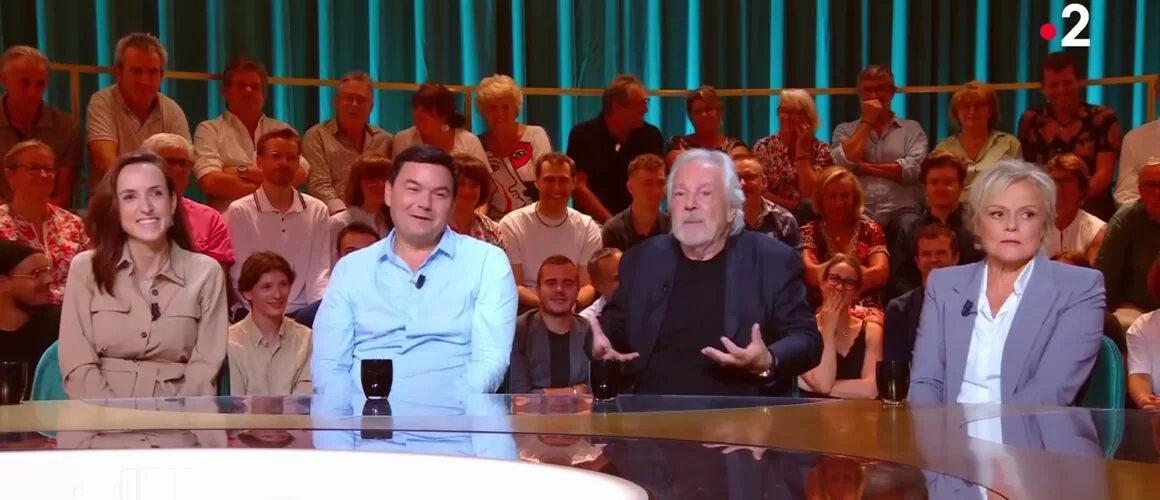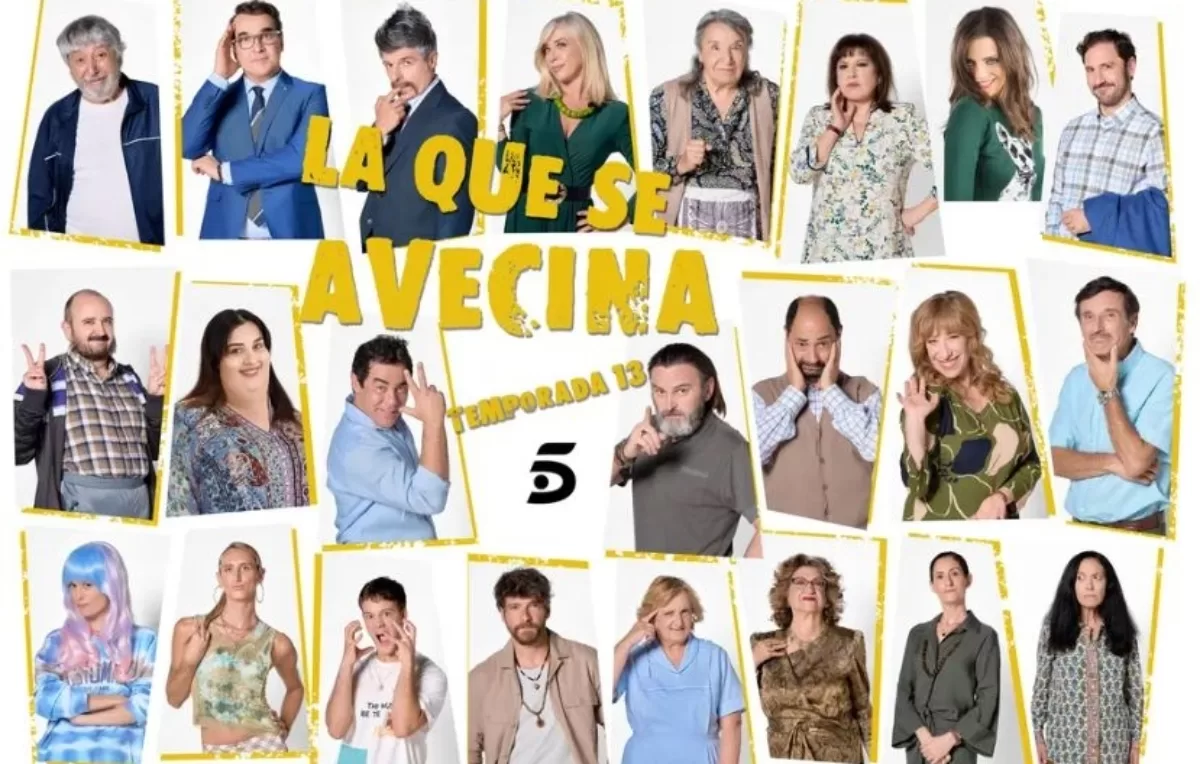O The program celebrating four decades of CAM’s life was presented to journalists today by the center’s director, Benjamin Weil, and by the four curators of the main exhibition, which will be displayed in various areas inside the headquarters building and in the garden until September 18 .
“Stories of a Collection. Modern and Contemporary Art by CAM” is the title of the exhibition that revisits some of the most outstanding works in the entity’s collection, revealing never-before-seen or lesser-known pieces by a group of artists who have marked the Gulbenkian collection path.
Paula Rego, Manuel Cargaleiro, Maria Helena Vieira da Silva, Amadeu Souza Cardoso or Almada Negreiros are some of the artists whose works were selected to be highlighted, considered iconic for the museum.
“The selection criterion was made in a chronological perspective of the acquisitions and not of the works themselves”, explained Leonor Nazaré, one of the curators of the exhibition, questioned by the Lusa agency at the press conference.
According to the curator, the show takes “a dive” into the 40 years of CAM, and its collection – made up, in all, of more than 12,000 pieces by 1,200 artists – which also correspond to the evolution of Art History in Portugal over those years. years, spanning different eras, geographies and artistic practices.
The mural at the opening of the exhibition brings together 73 works by as many more representative artists from this four-decade history, and behind it – visible through the slats with which it was built – are arranged the seven larger works, in highlight, painting and sculpture.
“It is a multidirectional and explosive proposal that mirrors the content of the collection, from works from the end of the 19th century, with a work by Columbano Bordalo Pinheiro (1890), to the present day, with a work by Jorge Queiroz (2021)”, indicated the responsible for the curatorship, together with Ana Vasconcelos, Patrícia Rosas and Rita Fabiana.
After its creation, in 1956, the Calouste Gulbenkian Foundation acquired the first works of modern art with the aim of displaying them in temporary itinerant exhibitions that it organised, having acquired works from its scholarship holders, within the scope of the policy to support artists.
“This exhibition arises from the desire to show the collection during a long period of closure of the building, first due to the covid (pandemic) and then due to the works (to remodel the CAM), which will reopen next year. We needed to make the collection present , and for that we thought to tell the story of the acquisitions and the way the collection was constituted over time”, explained Leonor Nazaré.
Between 1960 and 1965, the Gulbenkian also acquired a large number of works of British art, including those by David Hockney, Bridget Riley or Peter Blake, which were added to the existing collection, with the intention to build a museum becoming official in 1979. which would be inaugurated on July 20, 1983.
From the more than 12,000 works in the collection, pieces by, among other artists, Alberto Carneiro, Ângela Ferreira, Ana Jotta, Ana Vieira, Fernão Cruz, Francisco Tropa, Helena Almeida, Joana Vasconcelos, Ofélia Marques, Luisa Cunha, Malangatana, Mónica de Miranda, Nuno Cera, Patrícia Garrido, Paula Rego, Rosângela Rennó, Rui Chafes and Susanne Themlitz.
Although the great weight falls on Portuguese artists, creators from other nationalities are also represented, such as Henri Matisse, Hirosuke Watamuki, Henry Moore, Maurits Escher, Richard Hamilton, Karel Appel or Ervand Kotchard.
For his part, Benjamin Weil recalled, at the press conference, that the project had been being prepared for some years, “the pandemic delayed everything”, but it provided the opportunity to develop the concept for the future center, which should open until the end of the first half of 2024.
“The essential principle will be to elaborate a strategy that is rooted in the transformative power of art for society”, stressed Benjamin Weil, current director of CAM, where curators Jorge Molder, Isabel Carlos and Penelope Curtis have passed over the last 40 years. .
The “CAM em Movimento” programme, running while the building is under construction, is associated with the exhibition, proposing a new cycle of videos from the collection for one of the containers in Jardim Gulbenkian, which shows works acquired from the 1990s onwards, accompanying the last two cores of the four in the exhibition.
In addition to the visits program, the show’s parallel activities include workshops for children and experimentation workshops, ending in September with the presentation of the performance and the film “Ghost Party”, by Manon de Boer and Latifa Laâbissi.
Also Read: Espaço Braga, gnration, closes today its 10th anniversary with “open house”






